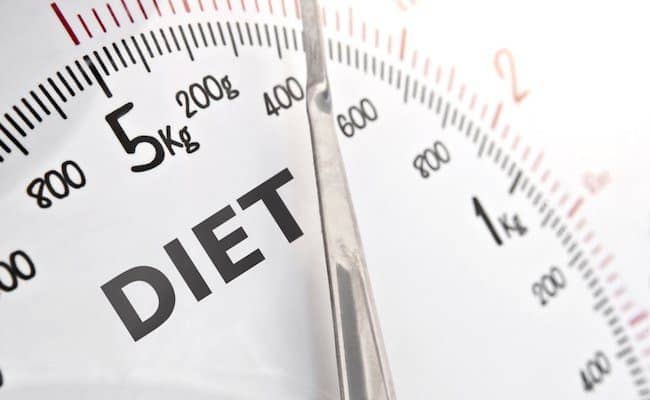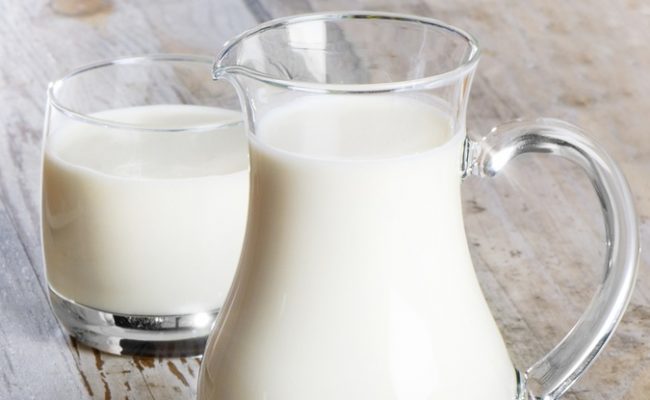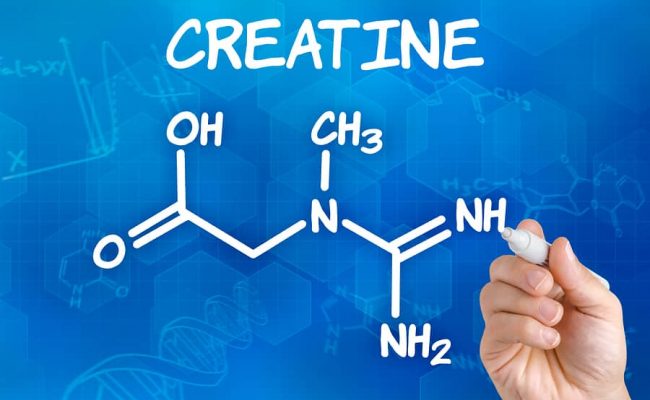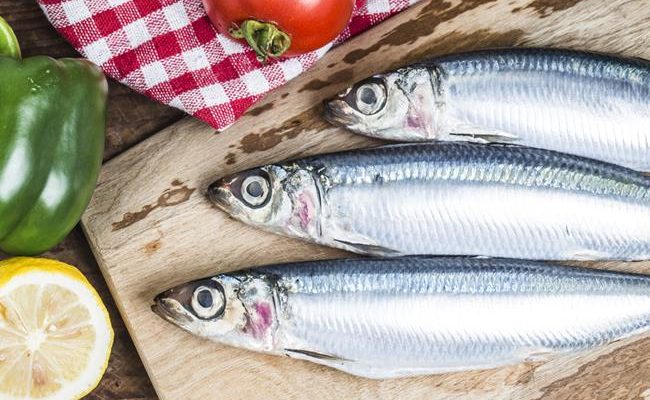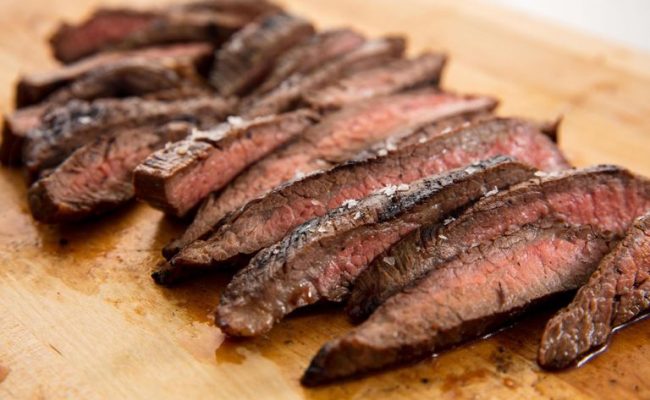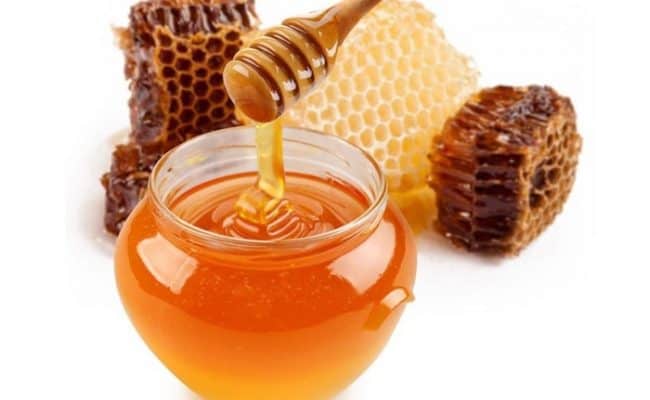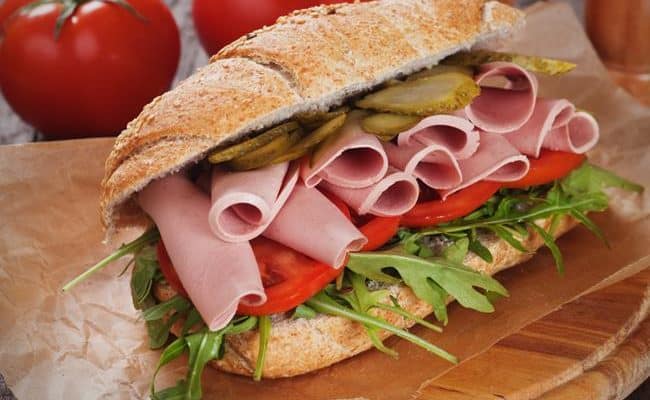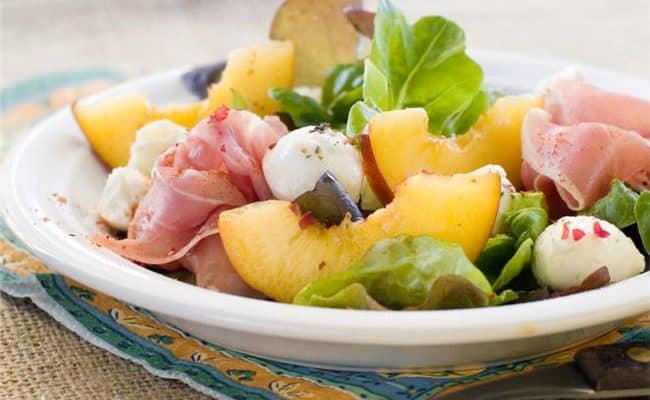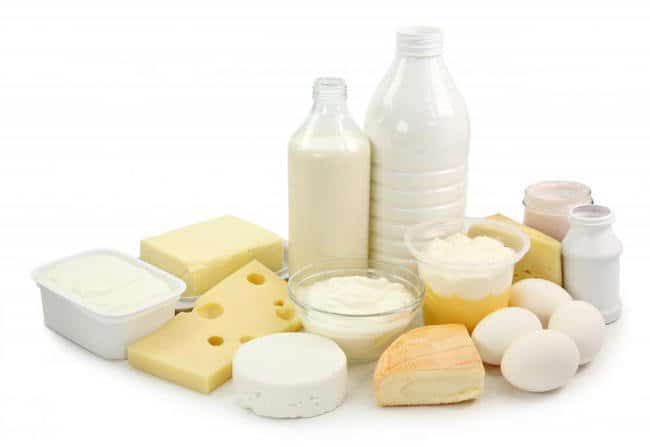
Whether you are a vegetarian or you are just trying to cut down on the amount of meat you eat, it is still important to eat enough protein. It is definitely possible to eat an adequate amount of protein without eating any meat as protein is found in many foods. Although it is very possible to get plenty of protein without meat, it is still important to make sure you are getting enough, and that you are getting it from the right sources.
What does protein do?
Protein is vital for our health. It has many functions and is found in our muscles, connective tissue, organs and hemoglobin. It is also the basic component of enzymes and hormones; it helps maintain and repair protein-containing tissues; and it provides energy.
Eating too little protein, which is uncommon in developed countries, can cause your body to take the protein it needs from your organs and tissues. It can also lead to decreased body function, and even, death.
So, as you can see, it is very important to consume adequate protein. Most healthy adults need about .8g/kg of protein per day. To figure out how much you need, take you weight in pounds and divide it by 2.2 to obtain your weight in kg. Then multiply that figure by .8 to figure out how much protein you need. For example, if you weigh 150 pounds, you would need 55g/day. (150lbs/2.2=68.1kgx.8=54.5g protein)
What is protein?
Protein is made up of amino acids, which are called the “building blocks” of protein. When you consume something that contains protein, it is broken down in the digestive system into amino acids, which are then absorbed by the body.
There are 20 amino acids, including 9 which are essential and 11 which are nonessential. The nonessential amino acids can be produced from different components of the diet. The essential amino acids either can’t be produced by the body, or the body can’t produce adequate amounts of them. That means that we need to eat foods that contain all of the essential amino acids.
Where are essential amino acids found?
Amino acids can be found in most foods. Foods that contain all 9 essential amino acids are called complete proteins. Meat, poultry and fish are complete protein sources. But, if you are trying to eat less meat, you can obtain complete proteins from other animal products, such as, dairy and eggs.
Soybeans and quinoa are the only plant sources that are considered a complete protein. If you want to eat foods which are not complete proteins, you can eat those foods in combination with other foods to form a complete protein.
Foods are considered incomplete proteins because they don’t contain all 9 essential amino acids, but are still great sources of protein. These would include legumes, other grains, nuts and seeds. Some examples of combining incomplete proteins include rice and beans, bulgur wheat and dried beans, barley and dried beans, corn and peas, soybeans and seeds, peanuts, rice and dried beans, seeds and green peas. These foods don’t necessarily have to be eaten at the same meal, but should be eaten at some point during the same day.
Which non-meat foods contain the most protein?
The amount of protein found in some common foods is shown below:
| Food | Amount | Grams of protein |
| Yogurt | 1 cup | 13 |
| Milk | 1 cup | 8 |
| Cheese | 1 oz | 8 |
| Tofu | ½ cup | 14 |
| Cooked soybeans | ½ cup | 10 |
| Cooked split peas | ½ cup | 5 |
| Cooked dried beans | ½ cup | 8 |
| Nuts | ¼ cup | 9 |
| Peanut butter | 1 Tbsp | 4 |
| Whole wheat bread | 1 slice | 2 |
| Brown rice | ½ cup | 2 |
| Quinoa, cooked | 1 cup | 8 |
What can you do to eat more protein without meat?
The foods listed above are just some of the foods that contain a lot of protein. You can easily find other foods high in protein just by reading the nutrition facts on the label. There are many breakfast cereals that contain a lot of protein. Also, oatmeal is usually fairly high in protein.
Or, if you choose not to eat cereal, you can have yogurt or granola. Greek yogurt is thicker and contains a greater amount of protein than regular yogurt. Or, you can even make a smoothie with juice or milk, fruit and protein powder.
For your lunch and dinner entrees, instead of eating meat, consider having some baked or sautéed tofu. You can mix it with vegetables, or even bake it with breadcrumbs like you would with meat. There are so many meat substitutes available, too. There are all different kinds of burgers, veggie dogs, veggie bacon, and even chicken less chicken nuggets.
So, if you still enjoy meat, but are just trying to cut down on the amount of meat you eat, it is very likely that you will be able to find a meatless version of it. Many of these products are made out of soy and are processed, so if you want to eat more whole foods and avoid processed foods, there are still many different options.
You can have beans as your entrée, and if you eat it with rice, it will form a complete protein. Or, you can enjoy a dish that consists of a high protein grain. Quinoa can be made into many different recipes; it can even be made into a burger. Even whole wheat pasta is very high in protein.
Nuts or seeds make a great snack and will also add some protein to your diet. You can even get protein from your beverages. Milk contains adequate protein. Kefir is like a yogurt smoothie and is very high in protein.
It is not difficult to get enough protein without meat
As you can see, protein comes in many forms and you do not have to eat a diet that is high in meat, or even contains any meat, to meet your daily protein requirement. Just make sure that if you aren’t eating the higher quality proteins, which are the complete proteins, that you are making a complete protein by combining foods, which will make it a complete protein.
References used in this article
